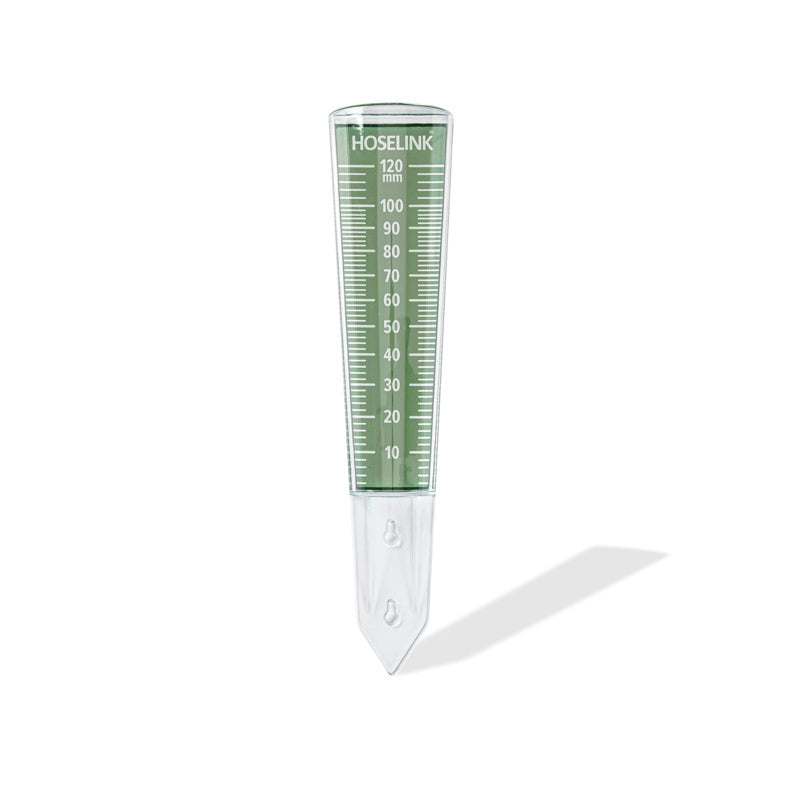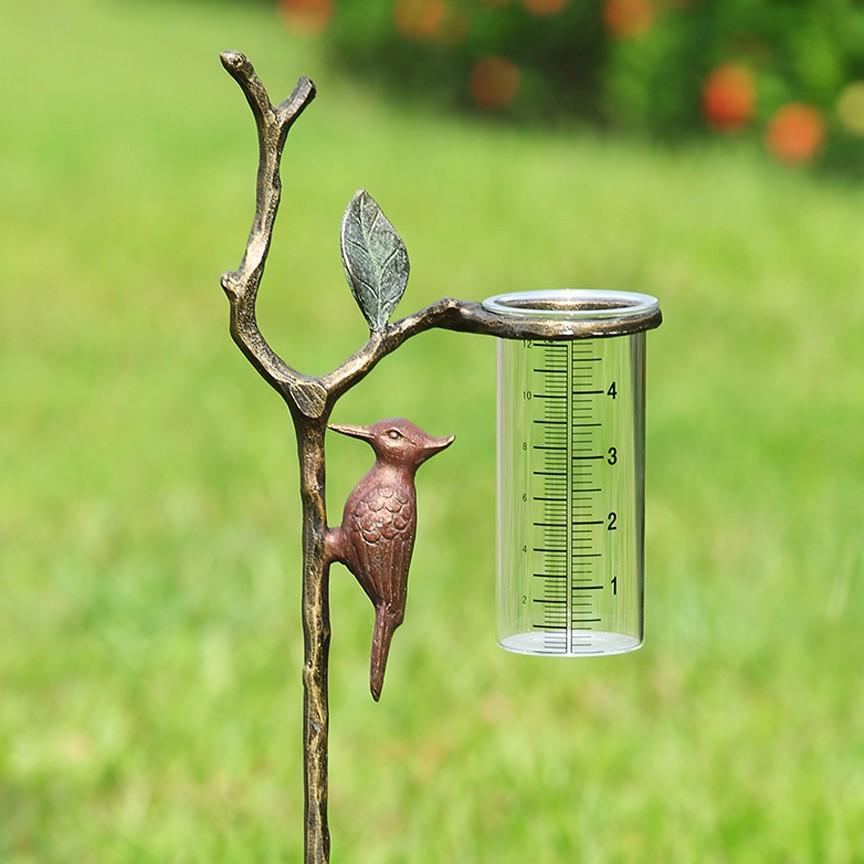Introducing the Science Behind Rainfall Evaluates: Just How These Gadgets Play an Essential Duty in Climate Research and Ecological Surveillance
Rain gauges, relatively straightforward gadgets, hold a profound importance in the realm of environment study and ecological tracking. These humble tools silently collect among nature's most crucial aspects-- rainfall. Yet, behind their plain exterior exists a complex science that is crucial for comprehending the characteristics of our atmosphere. As we peel back the layers of this clinical shroud surrounding rainfall gauges, we uncover a globe where accuracy, information accuracy, and meticulous monitoring converge to introduce a deeper understanding of our changing environment and its influence on the earth.
Relevance of Rain Gauges
Rainfall determines play an important function in tracking and measuring precipitation degrees, supplying necessary data for climate research and evaluation. These gadgets are fundamental in quantifying the amount of rains that happens in a particular area over a particular duration. By gauging and accumulating rain, rain evaluates deal valuable insights into the distribution and strength of precipitation, aiding meteorologists, hydrologists, and climatologists in recognizing climate patterns and trends.
Furthermore, lasting data gathered from rain assesses aids in assessing climate modification effects and patterns, adding dramatically to scientific research study and decision-making procedures. In significance, rainfall assesses offer as crucial devices in the field of meteorology and ecological scientific research, playing an essential role in advancing our understanding of weather condition and climate dynamics.
Sorts Of Rain Scales

Capability and Procedure
In the realm of environment research study and meteorological research studies, the performance of rainfall evaluates lies in their complex functionality and exact functional systems. Rain gauges are made to precisely gauge the amount of precipitation that drops over a specific location throughout a set period. These tools typically are composed of a funnel that accumulates rain and channels it into a gauging tube. The determining tube is marked with calibrated dimensions that permit for the specific metrology of rainfall.
The capability of rain gauges is based upon the concept of accumulating and measuring rain in a standardized manner. This gathered information is vital for comprehending neighborhood weather condition patterns, tracking long-term environment fads, and examining ecological impacts. To make certain precise dimensions, rain evaluates demand to be strategically put in open locations away from blockages such as structures or trees that can interfere with the collection procedure.
The operational element of rainfall determines involves routine maintenance to avoid debris build-up, calibration checks to preserve dimension precision, and information tape-recording for evaluation (rain gauge). On the whole, the functionality and operation of rain gauges are important for collecting trusted rainfall information essential to climate research and environmental tracking
Function in Climate Research
Given visit homepage the crucial value of precise precipitation measurements in recognizing weather patterns and environmental impacts, the role of rain gauges in climate research study is vital. Rainfall assesses give crucial information for climate research by evaluating the quantity of rainfall that drops over a certain location during a provided period. This information is important for keeping track of long-term trends in rainfall patterns, analyzing the effect of climate modification on rainfall circulation, and enhancing climate models.

Climate researchers make use of data accumulated from rainfall gauges to analyze variations in rainfall degrees, identify regional environment trends, and review the efficiency of water source administration strategies. By contrasting historic precipitation information with current dimensions, scientists can detect changes in rainfall patterns, such as modifications in the regularity or strength of rains events. This details is vital for recognizing how environment modification is affecting precipitation dynamics and can aid policymakers make notified decisions regarding adaptation and reduction strategies.
Applications in Ecological Monitoring

In flooding forecasting, rain gauge information aids to track rains strength and distribution, permitting authorities to provide prompt warnings and take required measures to mitigate flood risks (rain gauge). Dry spell surveillance depends on rain gauge data to analyze dampness levels in the soil and track rainfall shortages, helping in the identification of drought-prone locations and the application of drought response strategies
Additionally, rain gauge information plays an important function in water source monitoring by offering details on water availability and usage patterns. In addition, in agriculture, rain gauge data aids farmers in enhancing irrigation timetables, crop option, and general ranch monitoring practices based on neighborhood precipitation patterns.
Verdict
To conclude, rainfall assesses are essential devices for gauging rainfall, giving useful information for environment research study and ecological tracking. With different kinds and functionalities, rain gauges play an important function in comprehending rainfall patterns and their influence on the setting. By properly gauging rains, these tools add to the innovation of scientific knowledge and help in making educated choices relevant to water source administration and catastrophe preparedness.
Rain gauges play an essential role in monitoring and gauging rainfall levels, offering important information for environment research study and evaluation. The standard rainfall gauge, recognized as the "tipping pail" scale, is one of the most generally made use of gadgets. Ultrasonic rain determines usage sound waves to identify the visibility of rain, providing real-time information on precipitation degrees.Climate researchers make use of data collected from rainfall evaluates to analyze variations in precipitation levels, identify local environment trends, and review the efficiency of water resource administration look at this site strategies.In final thought, rain assesses are essential tools for gauging precipitation, supplying beneficial information for environment research study and environmental tracking.